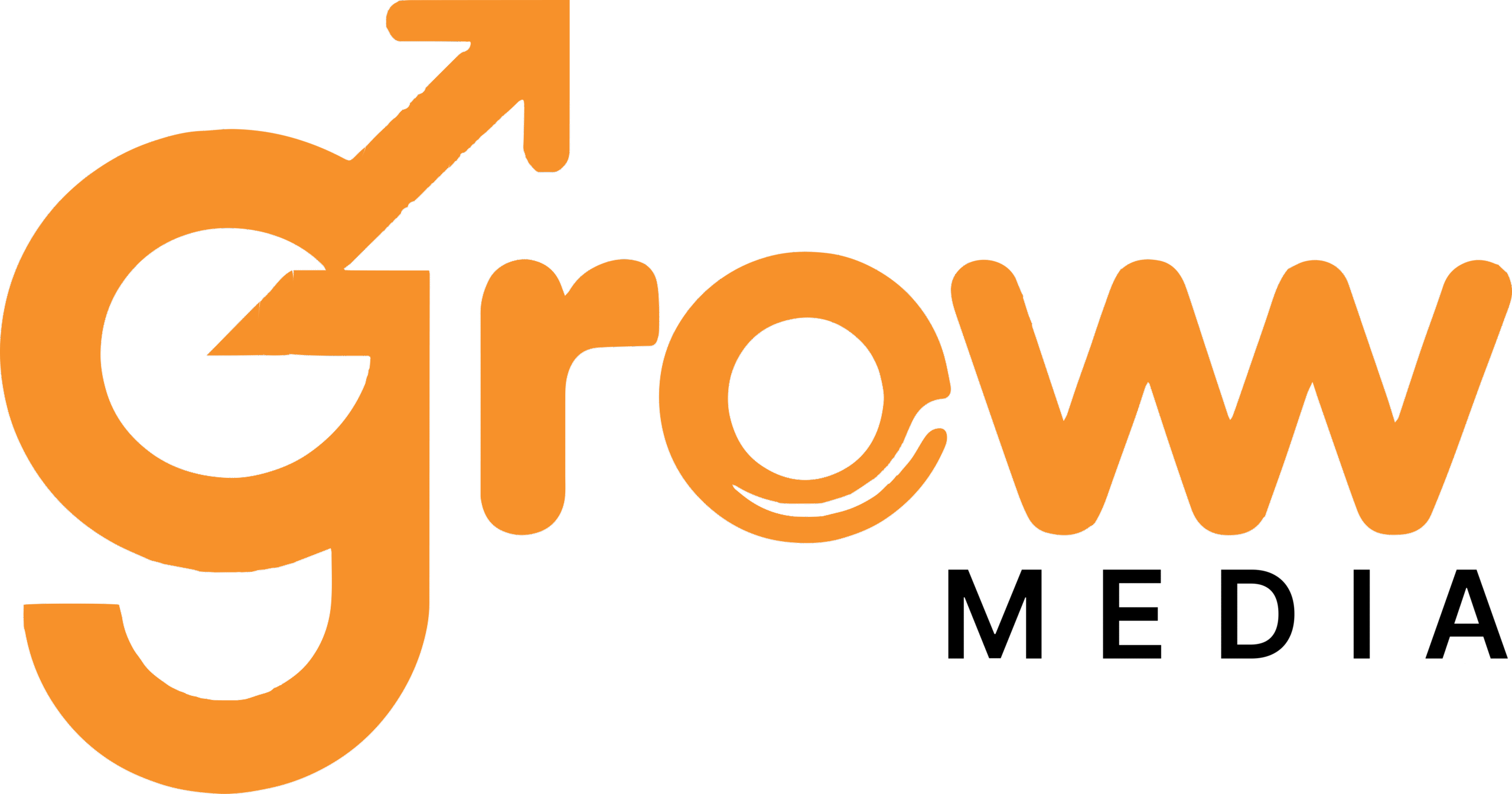🌟 The Evolution of Influencer Marketing: What’s Changing in 2025?
In the ever-changing digital marketing landscape, influencer marketing has evolved from a trendy tactic into a powerful, multi-billion-dollar industry. But the way brands and influencers collaborate in 2025 looks very different from just a few years ago.
Gone are the days of one-size-fits-all celebrity endorsements. Today’s influencer marketing is authentic, niche-driven, and ROI-focused—and it’s changing the game for brands of all sizes.
Let’s break down how influencer marketing has evolved and what you need to know to stay relevant.
📉 From Vanity Metrics to Real Engagement
In the early days, influencer marketing was all about follower count. Brands chased big numbers and paid top dollar for celebrity shout-outs. But today, it’s all about:
- Engagement rate over audience size
- Trust and authenticity over polish
- Niche relevance over mass appeal
Why? Because consumers are smarter—and more skeptical. They want real recommendations, not ads disguised as posts.
👥 Rise of the Nano and Micro-Influencers
One of the biggest shifts in 2025 is the rise of nano (1K–10K followers) and micro-influencers (10K–100K followers).
💡 Why Brands Love Them:
- Higher engagement rates (often 3–5x more than macro influencers)
- Stronger community trust
- More cost-effective partnerships
- Ideal for niche targeting
Example: A fitness brand partnering with a micro-influencer in the vegan community can drive better results than a generic post by a celebrity athlete.
🎥 Video-First Content is King
Platforms like TikTok, Instagram Reels, and YouTube Shorts have pushed influencer content into a video-first era. Short-form video now dominates:
- Authentic reviews and unboxings
- Behind-the-scenes content
- “Day in the life” vlogs
- Viral challenges and collaborations
Video allows influencers to connect emotionally with their audience and make brand integrations feel natural, not forced.
🤝 Long-Term Brand Ambassadorships
Another key evolution: Brands are ditching one-off deals in favor of long-term partnerships.
Why it works:
- Builds brand trust and consistency
- Tells a longer, more authentic story
- Encourages deeper audience loyalty
In 2025, many influencers act more like brand partners or co-creators, often involved in product development, launches, and even co-branded lines.
🔍 AI + Data-Driven Influencer Selection
AI is now playing a major role in the influencer marketing process, helping brands:
- Identify influencers with authentic engagement
- Analyze sentiment and brand alignment
- Predict campaign ROI
- Detect fake followers and bots
Tools like Upfluence, CreatorIQ, and Aspire are helping marketers get smarter and more strategic with every campaign.
🌐 Influencer Marketing Beyond Instagram
While Instagram is still huge, influencer marketing has spread across platforms:
- TikTok: Short-form storytelling and virality
- YouTube: In-depth reviews and long-form content
- LinkedIn: B2B influencer marketing is booming
- Twitch & Discord: Gaming and tech influencers dominate
- Podcasts: Trusted voices in niche communities
Brands are now choosing platforms based on where their audience lives, not just what’s trending.
🧠 The Power of Authenticity and Purpose
Today’s consumers (especially Gen Z) support brands that stand for something. Influencer marketing has become a vehicle for:
- Social impact campaigns
- Sustainability messaging
- Mental health awareness
- Diversity and inclusion initiatives
Authentic partnerships with values-aligned influencers are creating real emotional connections—and driving loyalty.
📈 Future Trends to Watch
Looking ahead, here are a few trends shaping the next phase of influencer marketing:
- Virtual influencers and AI-generated creators
- Performance-based compensation models
- Creator-owned communities and subscription content (Patreon, Substack)
- Influencer-led product drops and DTC brands

